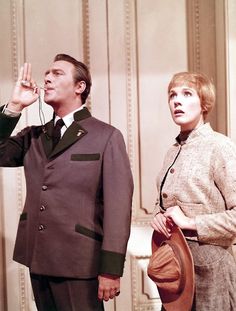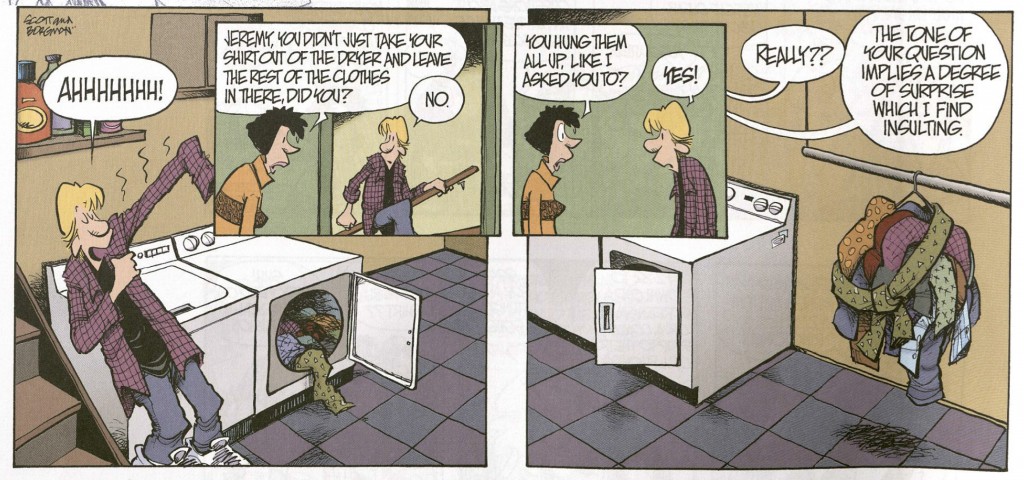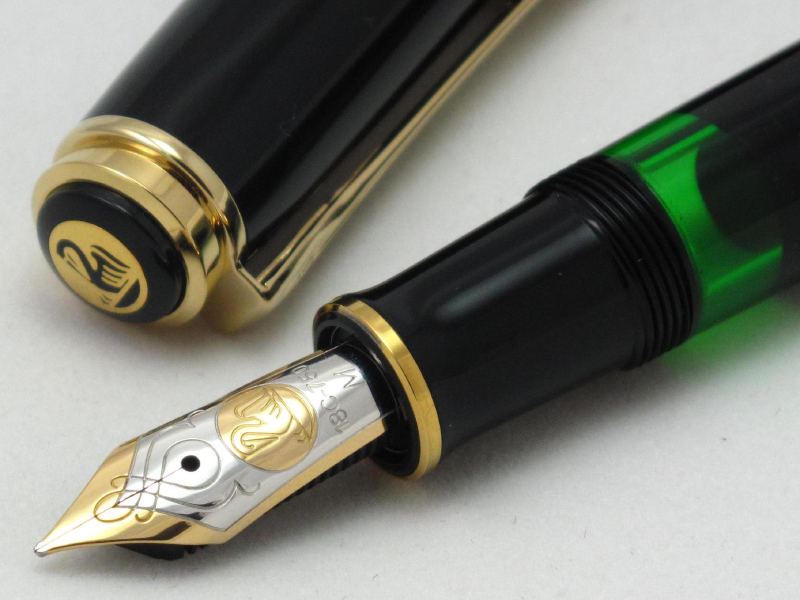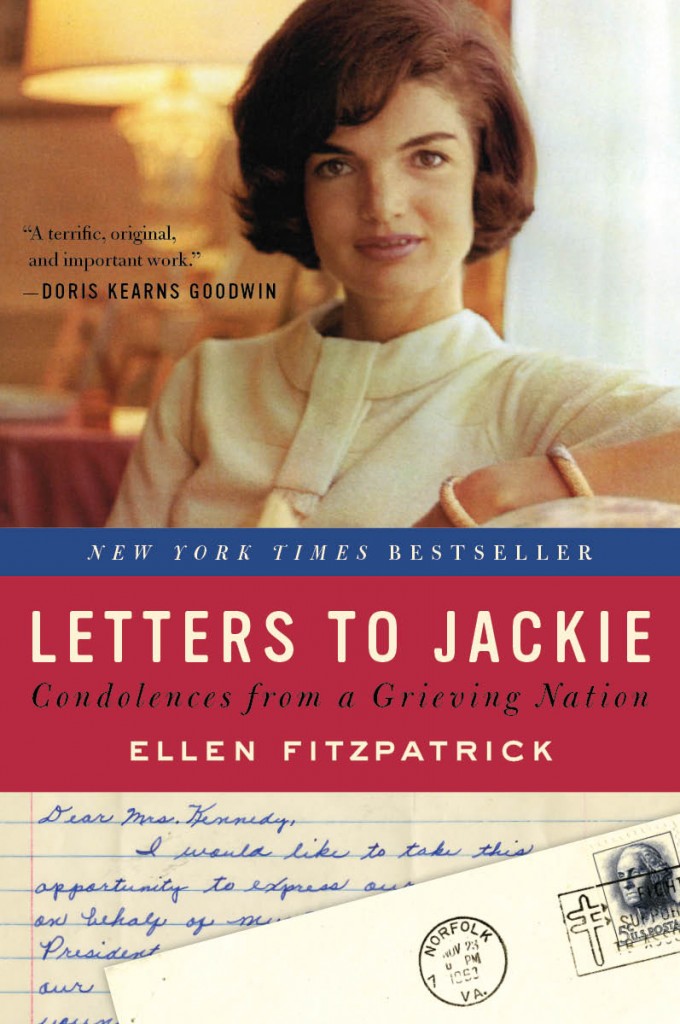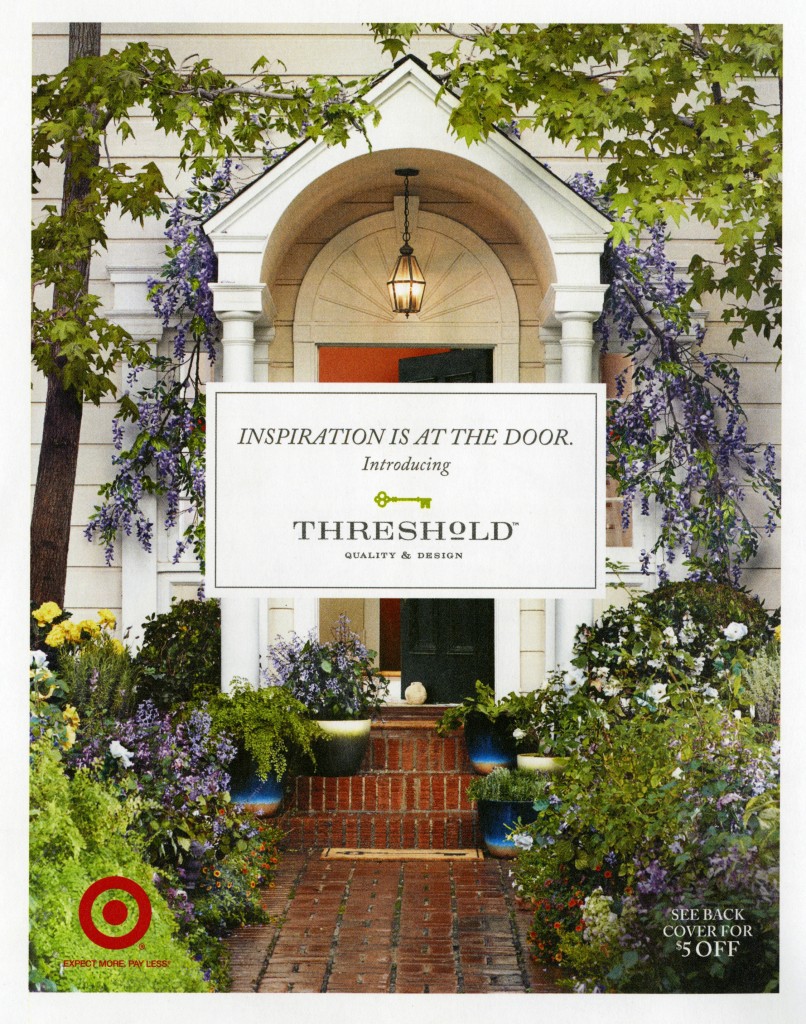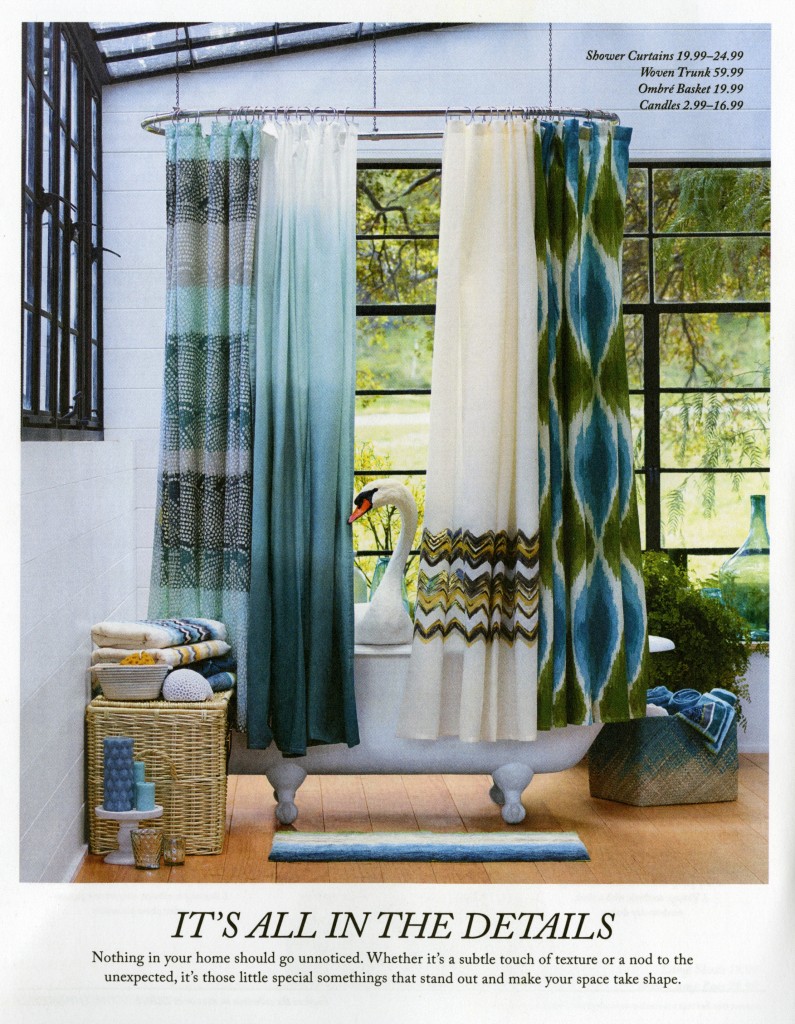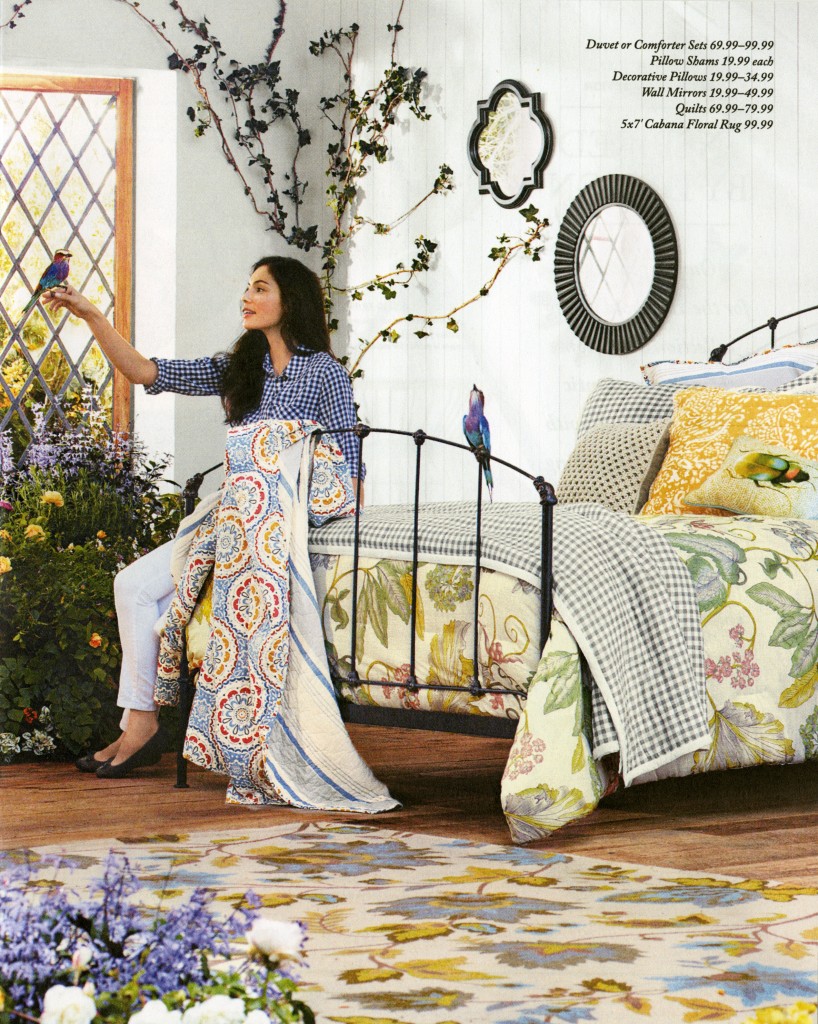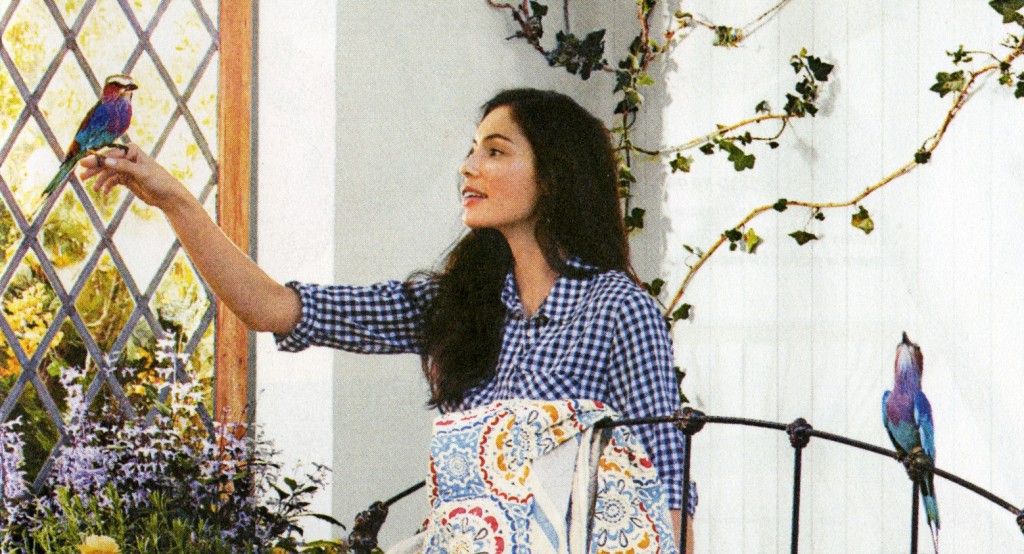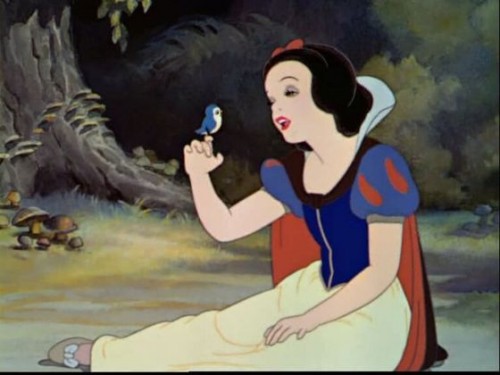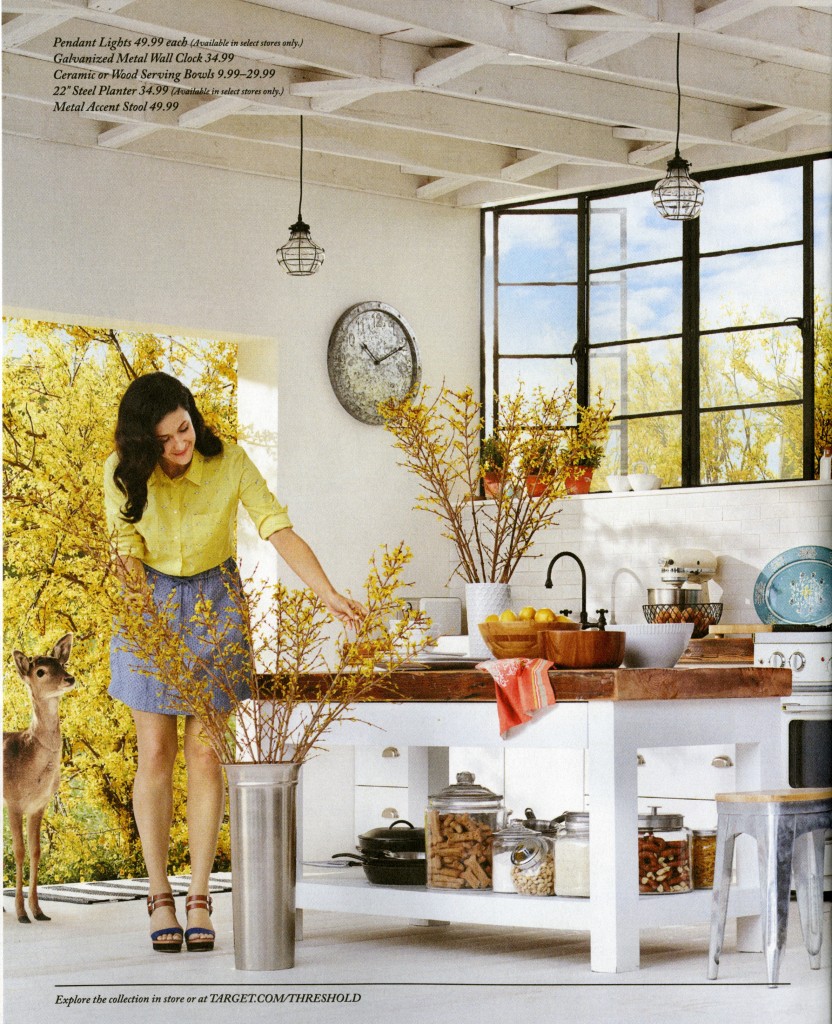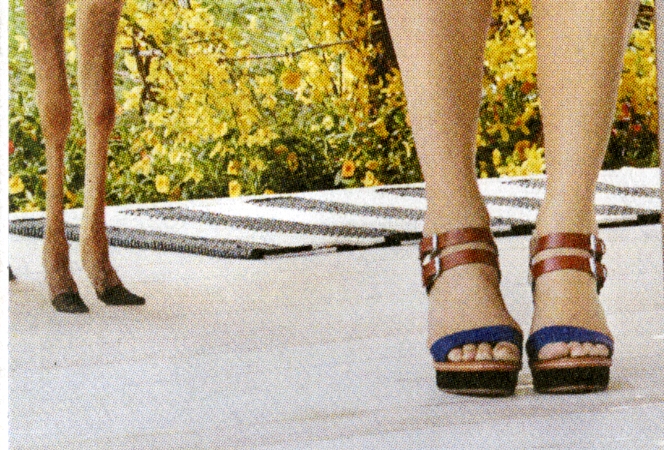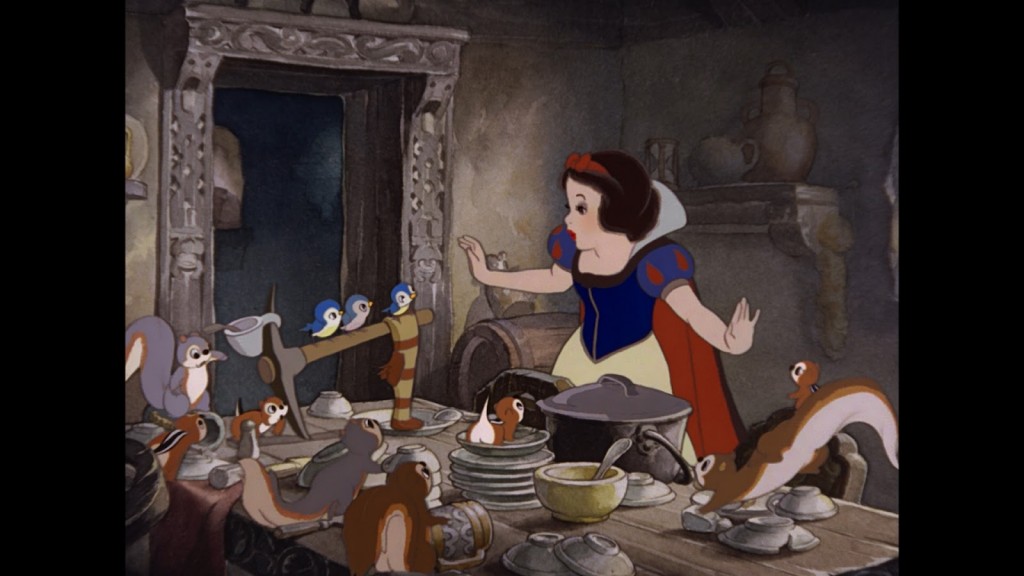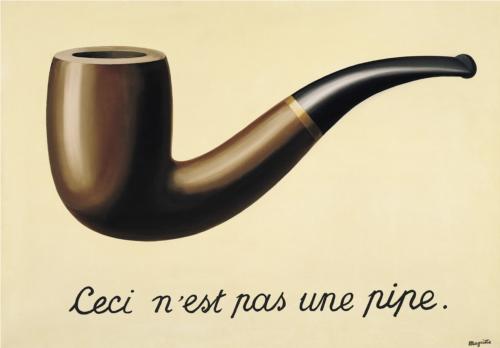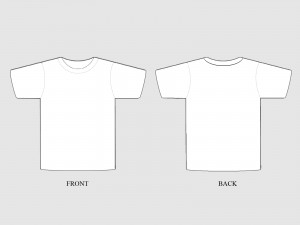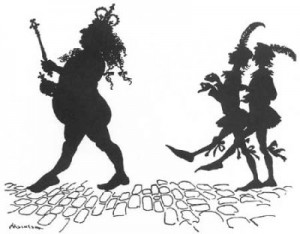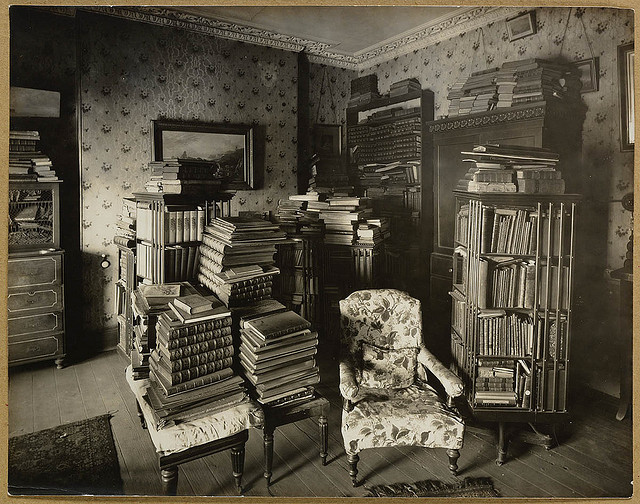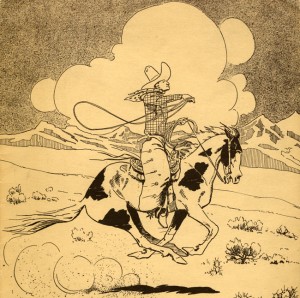The Art of the Link, or how I learned to stop worrying and love a href=
Click here.
![]()
Think about the link–so simple, so familiar. We hardly notice that string of colored text in a paragraph. We rarely click. “Links? Sure. What’s to know?” Maybe lots.
Links are portals, signs of the implicit human, bread crumbs revealing associative trails. Links make the Web a network instead of a stack. Take, for example, this paragraph from the Wikipedia article “Hyperlink”
The term “hyperlink” was coined in 1965 (or possibly 1964) by Ted Nelson at the start of Project Xanadu. Nelson had been inspired by “As We May Think“, a popular 1945 essay by Vannevar Bush. In the essay, Bush described a microfilm-based machine (the Memex) in which one could link any two pages of information into a “trail” of related information, and then scroll back and forth among pages in a trail as if they were on a single microfilm reel.
The trick is to realize that every link represents an implied question. These questions propel us along pathways of exploration. If you’re writing online and adding links, your job is to anticipate some of the questions that may arise in your readers’ minds and build a pathway so their curiosity can roam.
In this way, the Wikipedia paragraph becomes:
The term “hyperlink” was coined in 1965 (or possibly 1964) by Ted Nelson (Who was he?) at the start of Project Xanadu (What was that?). Nelson had been inspired by “As We May Think” (Where can I find that?), a popular 1945 essay by Vannevar Bush (Who was he? Why is he important?). In the essay, Bush described a microfilm-based machine (the Memex) (What did that look like? Is there a picture?) in which one could link any two pages of information into a “trail” of related information, and then scroll back and forth among pages in a trail as if they were on a single microfilm reel.
Sometimes, as you anticipate and answer the reader’s questions, you’re simply providing them with a citation–a footnote–because you want to be honest about what ideas are yours and you want to use other people’s work as evidence to support what you’re saying. (Though we know authors play with the footnote all the time, sometimes writing long, discursive footnotes filled with stories and information they couldn’t fit in the body of the text. This can be great fun, or it can drive readers and editors crazy.)
Then there are times when you insert a link because you’re hoping to entice the reader with an Easter Egg–maybe a joke, or a surprise, or something you think is cool. In this case, you’re trying to elicit a question, and suggest that there’s more to be revealed. The art of the link, then, involves playing with the reader’s expectations.
But why bother thinking like this about a simple digital device? Because the hyperlink opens a door into another story space. And if people actually click on the links and go to that other space, they will find themselves holding multiple experiences in their brains simultaneously. In much the same way that a novelist switches back and forth, chapter-by-chapter between two story lines, or a movie director uses parallel editing between related events, the online writer can use links to complicate and enrich the reader’s experience. Links can provide information, but also illustrations, commentary, ironic perspective, and indeed any kind of meta- or extra-diegetic experience you are talented enough to create.
So how to begin learning the art of the link?
Ask yourself: what word will bring a question to mind? make someone curious? need a bit of explanation? (put a link THERE)
How will you respond to that question? Satisfy or surprise? (Find your response and link to THAT)
Then, when you’re feeling pretty good about figuring out where to put the links to achieve your effect, and you know how to work the toolbar to insert them, and you’ve decided if they should open in a new page (the online equivalent to “notes at the bottom of the page or the end of the work?”), then you’re good to go. If you’re feeling confident, go over to w3schools and learn the html you need if you’re using a text editor instead of a visual editor.
Whatever you do, don’t take the link for granted. It can be much more than just extra information. It’s a device. It’s a means of expression. It’s whatever you make with it.
Turning a corner
There are events in our lives, and in the life of our nation, that make us turn a corner. You’re driving along a fairly straight path, though not necessarily a smooth one, and suddenly something huge makes you jerk the wheel to one side and pray you don’t crash. Too often that something huge is violent and tragic, like Kennedy’s death, or 9/11, or the Virginia Tech shootings. I don’t want to think that we only change when it becomes too painful not to, but sometimes it seems like that is true.
I was very young when JFK was shot, and though I remember it clearly, it’s only as an adult that I begin to understand the turn we took on that day. I’m a different person than I was then, not just because I’m older, but because I’ve lived in Texas and been to Dealey Plaza. I have seen the Pentagon with a gaping hole in it, and I have mourned with the VT community on the Day of Remembrance. In each of these places I have learned my lessons, in part, from the grief of others.
It is a great and terrible gift to share in the sufferings of others. So precious and intimate, so painful and life-changing. When we stand together, I see what this event means to you. I see where it cuts your life and intersects with the sense you’ve make of this world and the time we have. And when I see what it means to you, I understand more of what it can mean, which is so much larger than any one of us.
After the assassination, a quarter of a million condolence letters were sent to Jacqueline Kennedy. Many of them were written by people who did not typically express themselves in writing, but who felt compelled to put pen to paper and reach out in sympathy. Reading just a small portion of these letters brought me into a world I had not really understood. I could sense more of what Kennedy and Kennedy’s death had meant to so many various people: veterans, Catholics, African-Americans, rich, poor, children, and parents. And I could understand a little more of the complexity that is America, past and present.
We think that the magnitude of an event belongs to the event, as if we were measuring the size of a rock and calculating the strength and distance of shock waves after impact. But for me, the sharp turns in the path of life are more likely to come from an encounter with you–any you who is not me–and with your inner life. And while I think we can learn from both shared joys and sorrows, on days like today, it is grief that pierces us more quickly and deeply, and more obviously wreaks its change.
Wild wondering
A question can be a fragile thing. A shy, first-step-out-of-shelter-and-into-the-meadow thing. A troubled, I-don’t-want-to-look-stupid-but-I-want-to-know sort of a thing. A query that slipped out when the mind’s gate was only open a hairsbreadth. A rogue furrowing of the brow in an unguarded face.
And when the question is a delicate one, you have to be quick to answer, or the question will slip away. You can’t be too forceful. Sometimes you have to pretend that you aren’t surprised that the question has appeared at all. That this question at this time is the most natural of all things; exactly what was wanted; yes, of course, how interesting. We should think about that without delay. Because a question, answered immediately and in kind, will live and grow and venture out again.
There are no answers without questions. No real answers without real questions. No new answers without new questions. The insistent inquisitive may be easier to see, but wild, timid wondering, coaxed from the shadows, may one day lead us to discovery.
Dweller on the Threshold
Did you happen to see the ads they mailed out for the new Threshold line at Target? And did you happen to notice the source of some of the inspiration that appeared at their door? The ad is quite lovely. The beauty of the wild outdoors and the order of the domesticated indoors are brought together in glorious, if fanciful, harmony. Note for example, the swan swimming in the footed bathtub (that “little special something”).
But it was the images of women that caught my eye and made me wonder about the message that was being conveyed, because these women are taking their cues from Walt Disney.
Let’s take a quick look. First in the bedroom…
Now, if there’s already a swan in your bathtub and a bird in the bedroom, there’s nothing strange about a deer in the kitchen. But look at this woman’s feet:
The way she’s standing and the dark soles of her shoes make it clear to me that she is becoming one with nature in ways that don’t make me entirely comfortable. On the other hand, maybe if she’s clever, she can get some help cleaning the house.
The Treachery of T-shirts
Let us pause for a moment and consider a shirt. Does this:
represent a reinterpretation or a misunderstanding of Magritte’s painting?
If the designer is making a statement about the classic definition of the T-shirt (a shirt with sleeves that make a T shape when laid out flat),
then, despite being made out of the sort of fabric we customarily associate with T-shirts, this garment with its flutter sleeves has fooled us, and brings us up short. “Ah ha!” says the shirt, “Think again about what you think you know!”
On the other hand, is the alteration of sleeves sufficient to catapult this top into an entirely different category of shirt-ness, or is it, in fact, stuck in T-shirthood despite its aspirations? Is the proclamation “Ceci n’est pas un T-shirt” a defiant cry, “I AM NOT LIKE THOSE OTHER SHIRTS!” or is it only the failed attempt of a two-bit radical poseur?
And finally, is it possible that this shirt is only the symbolic representation of a T-shirt? Could it be an illusion? And if so, how will we know that the emperor has no clothes?
Education and the Unaffiliated
In October 2012, the Pew Research Center reported that an increasing number of Americans consider themselves “unaffiliated” with regard to religion. Interestingly, more than two-thirds of the unaffiliated believe in something–they do not consider themselves atheists or agnostics. The significant increase in people who describe themselves as “spiritual, but not religious” is attributed in part to the politicization of religion. I take this to mean that a significant number of people have gotten so annoyed with institutional religion that they have voted with their feet. From now on they will take control of their own religious belief and practice, thank you very much.
Thinking about the Pew Report got me thinking about another significant institution in my life: School. I realize that a majority of people will put up with the institutional approach to education, even if they don’t really like it. But I’ve also met a lot very sensible homeschooling families over the years, and I know that there is a tipping point. People get fed up and decide to do it themselves–especially when it starts to get easier to buy a curriculum, or take a course online. These days, a lot of people are annoyed with higher ed.
Most of us will acknowledge that there are a lot of resources, and a lot of smart professors, and some great experiences at college, but the system seems so clumsy and antiquated. We have dreams for our future, yet too often in their realization we have wrestle the system as well as ourselves. We all want good value for our money, and we’re not so sure that America’s colleges and universities are giving us what we need. Or we want a good widget, but they only offer gadgets. Not always, but often enough to make me wonder if we are approaching a kind of tipping point. Will people soon feel enough confidence in their own judgement of “what an educated person should know” that more of them will walk away from the institution and become “learned, but not degreed.” Will people study on their own the way one reads for the bar without going to law school?
It’s something to imagine and consider. What would you study if you could design your own curriculum? How would you prepare yourself for a profession? Would you read? Would you get a job? What would give you the confidence to put yourself forward as a writer, economist, scientist, or engineer? What would you choose if you didn’t choose School?
The dynamic, non-linear realities of the reconfigured brain
I was wandering the internet one morning, when I came across an article called Starting Again After a Brain Injury . Always interested in brain stories, I thought I’d give it look. It was the word “delicious” that hooked me, as the fifty-year-old Jane Rossett rediscovered not only the fact of chewing gum, but also its pleasures. I cheered the brain that could take such delight in what had been made common for most of us. I sensed the irony of being forced into a point of view that many of us strive to achieve—seeing the world anew.
But Rosett’s essay is not a feel-good piece about how interesting it is to have what she calls a “broken brain.” She suffers physically, cognitively, and emotionally from her injury. As she talked about her pain and recovery, she also talked about memory and time. I was struck by her experience of people who grieve that she does not know them, though she, not knowing them, feels no grief. She noted that people with traumatic brain injury are often scolded for having “no sense of time,” and I found myself wondering what “sense” of time we expect others to have? On what basis have we achieved this consensus? I thought about Alzheimer’s and other illnesses that result in memory loss, and the frustration and sorrow that these diseases cause.
For friends and loved ones, the frustrations of brain injury and dementia are not just about forgetting, they are problems of identity. Rosett’s friends felt that they had lost her, and indeed, a great deal was lost. But what? Where does our identity reside? Is it in memory? Who do we become when memory is no longer intact? Are we defined by our connections with others? If so, where is our identity when those connections are disrupted? If I lose all of you, will I become someone else?
And what about our relation to time? We go to places that seem outside of time to find ourselves: a distant island, a quiet space. Our minds journey to timeless states, immersed in books and music and art. Yet, if we “find ourselves” outside the temporal, we can also lose ourselves outside of time. Inception-like, the architecture of our mind becomes incompatible with the stream of time our body experiences. And when our wills no longer suffice to pull us back from the out-of-time to the here-and- now, who do we become?
Bumping up against the past

The other day I was cataloging a brochure from the 1930s advertising a dude ranch in Wyoming. The artwork was wonderful, the prose colorful and inviting.
If you, the tired business man, are looking for a place to spend a vacation with your family where you can really get acquainted with your children once again by doing with them every day those things you have been wanting to do with them; or you, the mother, are looking for a place not made complicated by modern social conditions where boys and girls, and dads, are kids again, where the day’s fun or work has left all so refreshingly tired that an hour or two in the club house in the evening tops off a full day and send them to the feathers at 10:00 p.m., to sleep the clock ‘round—if it weren’t for the cursed rising bell,–then, oh well, you’d just better be writing to the ranch that this booklet is telling you about.
…you can ride for days with the cowboys and never leave the confines of the property. Here you really lead the range life of a half century ago and obtain an intimate knowledge of the ranching game while fully enjoying health-giving hours in the saddle. And when the day’s work or day’s play is over, you return to a hot tub or shower in your own cabin, to a real meal, and to a social evening in the club house or a quiet one in your little cottage; and then you are lulled to sleep by the rushing mountain stream that flows past your door.
I slipped into the spell of the salesman’s pitch as I read:
“TO ANTICIPATE QUESTIONS: There are no rattlesnakes…. There are never any mosquitoes…after the first of July….It is comforting to know that we always have a splendid young physician and trained nurse in residence during the summer months.”
But then came a sentence that brought me up short: “RESERVATIONS… No one is accepted against whom there can be the slightest racial, moral, social or physical objection.” And I wondered who could be accepted under those conditions? And how could the writer be so blithely exclusionary? My dude ranch romance was over, because I had bumped up against the past.
I thought about this dude ranch from 80 years ago, and how offended I was by their casual prejudice, and then I remembered this library’s well-considered statement:
The mission of the Library of Congress is to make its resources available and useful. The Library offers broad public access to a wide range of information, including historical materials that may contain offensive language or negative stereotypes. Such materials must be viewed in the context of the relevant time period. The Library of Congress does not endorse the views expressed in such materials.
If you work with historical materials, you know that times and attitudes can change a great deal over the years. What was once commonplace becomes an affront. But to ignore or censor the past diminishes our understanding of it, and as historians, we seek to understand people and events in all their complexity—good and bad.
She’s making movies on location
It’s been a while since I’ve seen a toy that compelled me to comment, but when I saw the new Barbie Video Girl I knew we would have to have a talk. Video Girl is a Barbie with a “real working video camera” hidden in her necklace (well, actually in her chest) so you can make movies of Barbie’s friends from Barbie’s point of view (or at least from the point of view of Barbie’s chest–which is a little strange from my point of view).
Anyway, there’s free video editing software available on Barbie’s website (Windows/PC only–sorry Mac users) which will allow you to add music and special effects to your Barbie movies. Just hook Barbie up to your computer and share movies with your family and friends!
If you think about it, unless you are Sid the evil genius in Toy Story, there are really only two things you can do with a Barbie–change her clothes and make up stories. So I’m not surprised that someone would invent a way for children (mostly little girls) to capture the narratives they’ve always invented for Barbie. It’s a cool idea and I’m all in favor of teaching girls to upload and edit video at an early age. But the camera placement is going to take a bit of getting used to. Hidden NecklaceCam reminds me of Cold War espionage and ChestCam is too much like Hooters ( a name which we all know refers to the owl in their logo). Ah well, at least if some doll gets fresh, we’ll have it on tape–er, hard drive.
Finally, in the Just For Fun Category, take a look at this video comparing the Barbie Video Girl to a Canon 7D. You never know. Maybe one day Video Girl will be a classic, just like the Easy Bake Oven.

